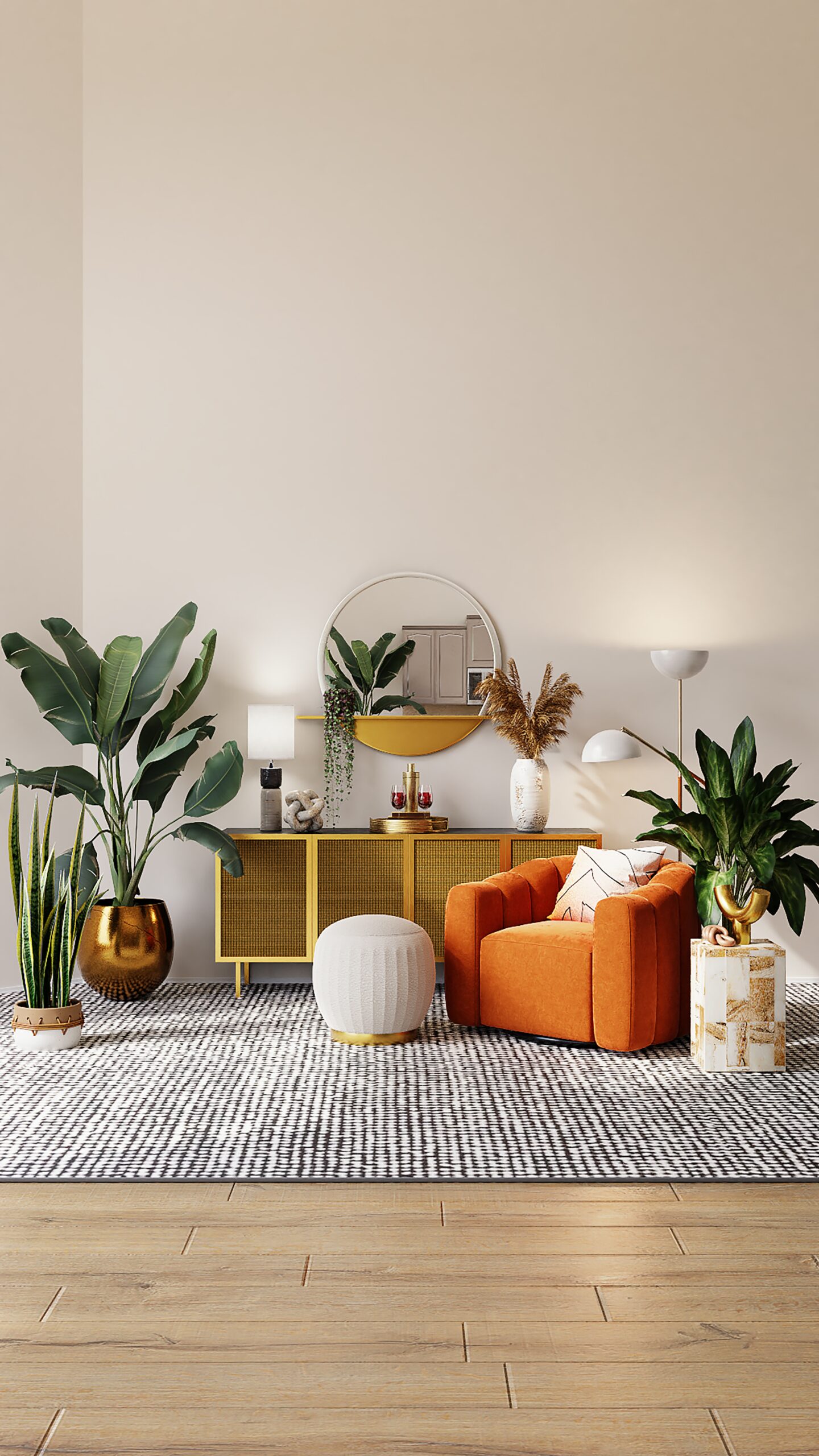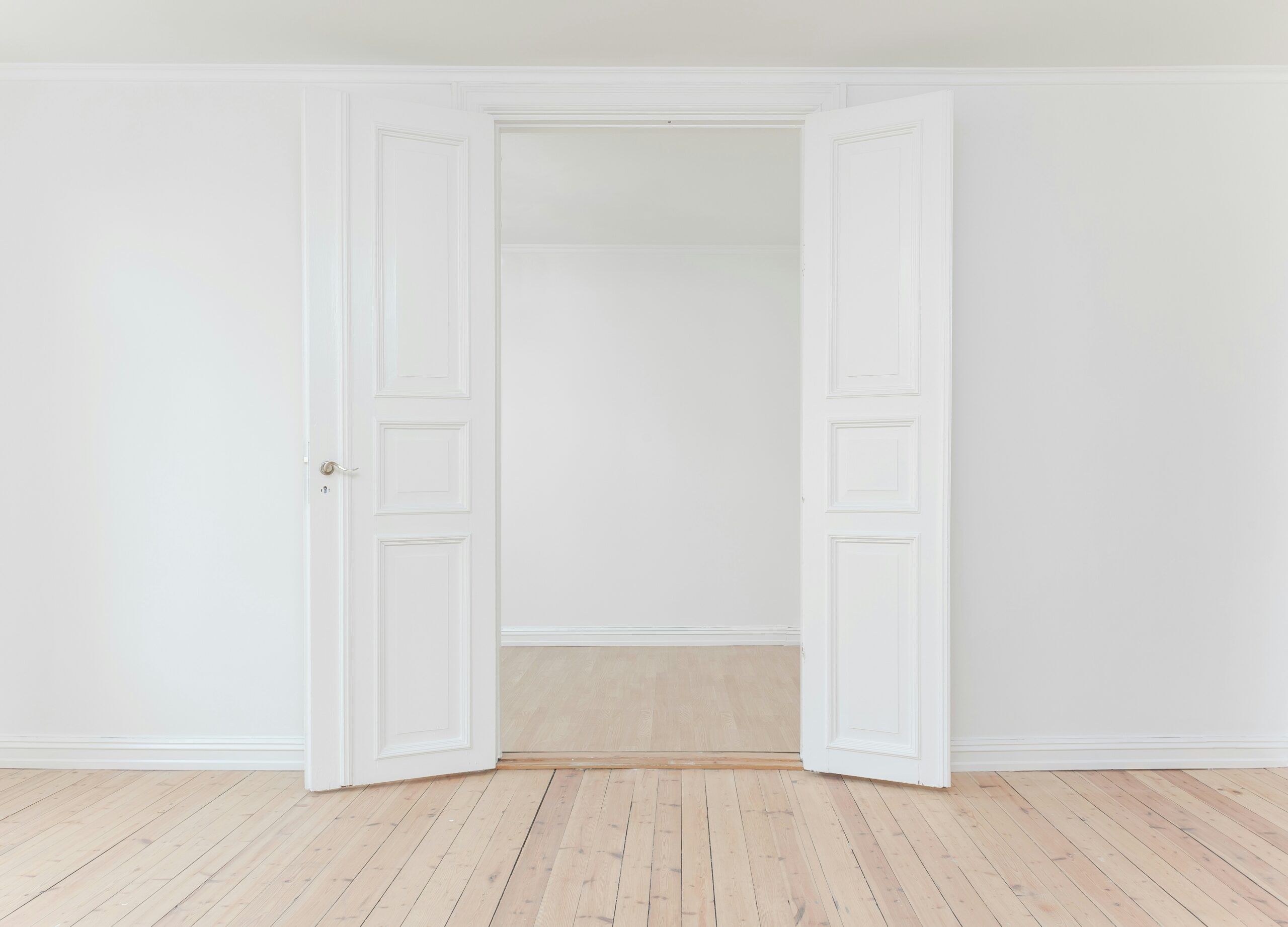Introduction
In today’s digital age, technology has revolutionized the field of interior design. Gone are the days when hand-drawn sketches and physical models were the primary tools of the trade. Now, interior designers must possess a range of software skills to meet the demands of the industry and stay ahead of the competition. In this article, we will explore some of the most in-demand software skills that modern interior designers should acquire to excel in their profession.
1. Computer-Aided Design (CAD)
Computer-Aided Design (CAD) software has become an essential tool for interior designers. CAD enables designers to create precise and detailed 2D and 3D models of their designs. It allows for easy modification, visualization, and collaboration, saving time and effort in the design process. Proficiency in CAD software such as AutoCAD, SketchUp, or Revit can greatly enhance an interior designer’s ability to communicate their ideas effectively and bring their vision to life.
2. Rendering and Visualization
Rendering and visualization software are crucial for presenting design concepts to clients in a realistic and immersive manner. These tools enable interior designers to create stunning visualizations, complete with lighting, textures, and materials. Software like V-Ray, Lumion, or Enscape can transform a 3D model into a photorealistic image or even a virtual reality experience. Being able to showcase designs in such a visually appealing way can help interior designers win clients and secure projects.
3. Building Information Modeling (BIM)
Building Information Modeling (BIM) software is gaining popularity in the interior design industry. BIM allows designers to create intelligent 3D models that include detailed information about the materials, components, and systems used in a building. This software facilitates collaboration among various stakeholders, including architects, engineers, and contractors. Interior designers who are proficient in BIM software like Autodesk Revit or ArchiCAD can contribute to the overall design and construction process by providing accurate and coordinated information.
4. Space Planning and Layout
Efficient space planning and layout are essential aspects of interior design. Software tools like SketchUp, SmartDraw, or Floorplanner can assist interior designers in creating functional and aesthetically pleasing layouts. These tools allow designers to experiment with different furniture arrangements, test traffic flow, and optimize the use of space. By utilizing space planning software effectively, interior designers can maximize the potential of a given area and create designs that meet their clients’ specific needs and preferences.
5. Project Management and Collaboration
Interior design projects often involve multiple stakeholders and require effective project management and collaboration. Project management software like Trello, Asana, or Basecamp can help interior designers stay organized, track progress, and communicate with team members and clients. These tools streamline workflows, facilitate file sharing, and ensure that everyone involved is on the same page. Strong project management and collaboration skills, supported by the right software, are crucial for delivering projects on time and within budget.
Conclusion
The field of interior design has evolved significantly with the integration of software tools and technology. Possessing the right software skills is now a necessity for modern interior designers to stay competitive and deliver exceptional designs. From CAD and rendering to BIM and project management, each software skill plays a vital role in enhancing an interior designer’s efficiency, creativity, and ability to meet client expectations. By embracing these in-demand software skills, interior designers can elevate their work and thrive in the ever-evolving world of design.




